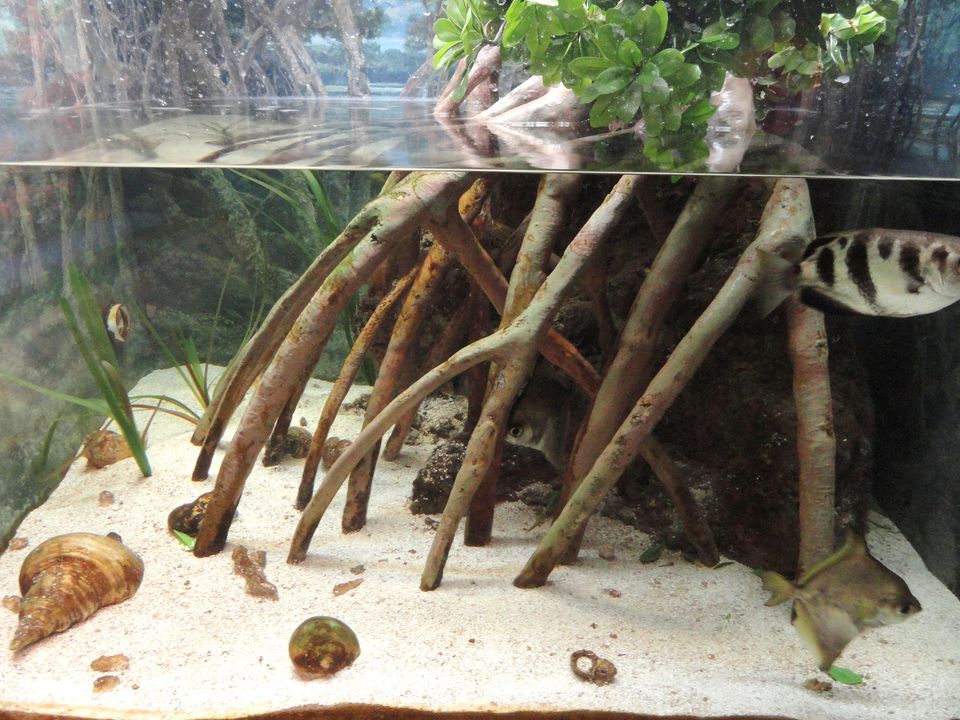Planted Aquarium for Fishes: The Basics
Setting up and maintaining a planted tank can be intimidating for those who are new to fishkeeping. In this article, we will provide a basic overview of what you need to know to create a successful planted aquarium for your fish.

Setting up and maintaining a planted tank can be intimidating for those who are new to fishkeeping. In this article, we will provide a basic overview of what you need to know to create a successful planted aquarium for your fish.
Choosing plants
When selecting plants for your planted aquarium, it's important to choose ones that are compatible with your fish and the conditions in your tank. Some plants are more demanding in terms of lighting and nutrients, while others are more low-maintenance. It's a good idea to research the specific needs of the plants you are considering and make sure that you can provide the necessary conditions for them to thrive.
Setting up the tank
This includes adding substrate, such as gravel or sand, and installing any necessary equipment, such as a filter and heater. When planting your plants, it's important to follow the specific instructions for each species, as some may need to be planted deeper or shallower than others. Be sure to leave enough space between the plants and the edges of the tank for your fish to swim and explore.
Plant care
In addition to choosing the right plants for your tank, it's also important to properly care for them. This includes providing the right amount of light, fertilizing as needed, and trimming any overgrown or dead foliage. It's also important to be mindful of the CO2 levels in your tank, as plants need a certain amount of CO2 to grow properly. Too much or too little CO2 can be detrimental to the plants and the overall health of your tank.
Fish behavior
You may notice changes in the behavior of your fish when you introduce plants to your tank. Some fish may become more active and explore their new surroundings, while others may become more timid and spend more time hiding. This is normal and can be a sign that the plants are providing a more natural and enriched environment for your fish.
Plant and fish compatibility
It's important to choose plants that are compatible with your fish, as some plants may be harmful to certain species. For example, some plants produce toxins that can be harmful to fish, while others may have sharp leaves or stems that can injure fish with delicate fins. It's a good idea to research the specific needs and compatibility of both the plants and the fish you are considering before making a decision.
Conclusion
In conclusion, a planted aquarium can be a rewarding and enjoyable addition to your home, and it can also provide numerous benefits for your fish. With proper planning and care, you can create a beautiful and natural habitat for your fish that will enhance their well-being and bring enjoyment to your life. Whether you're a beginner or an experienced fishkeeper, a planted aquarium can be a fun and rewarding hobby that you and your fish will enjoy for years to come.




